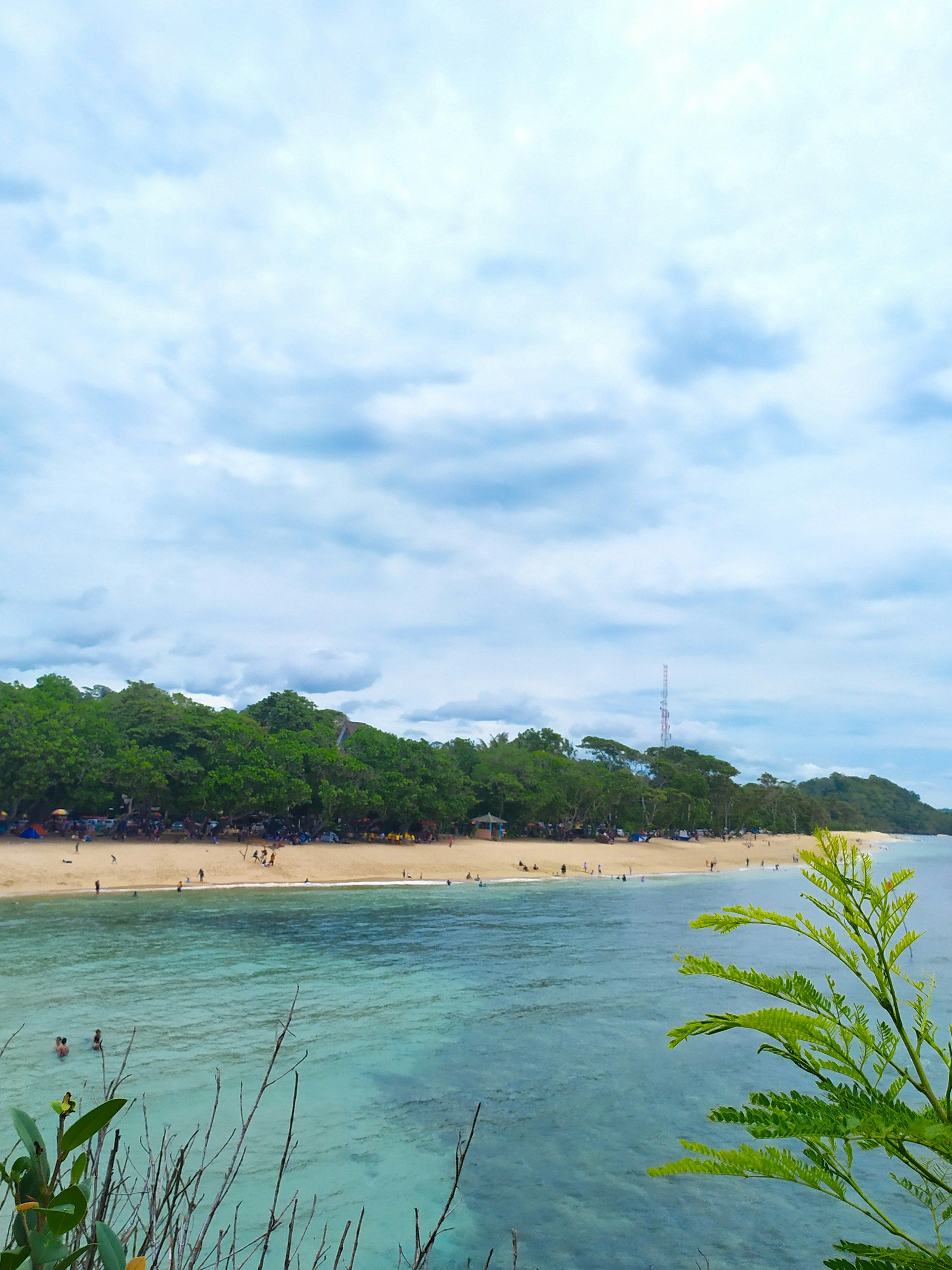Alternative Energy: Tapping into Unconventional Energy Reserves
icipating Dilemmas in Europe's Energy Future
Uneasy days are upon Europe as it grapples with a shifting energy landscape. Independence from Russia's erratic gas supplies is an urgent necessity, yet the continent finds itself in a bind. The following details the situation and possible strategies Europe might consider to mitigate the crisis.
Navigating Energy Independence
Facing political un certainties, Europe is taking measures to reconfigure its energy supply. Countries can no longer rely on Moscow's inconsistent gas delivery, leaving the European Union (EU) in a precarious position. As the discussion surrounding the extension of Germany's nuclear power plants heats up, it is clear that these plants alone cannot tackle the issue at hand. In recent years, they have only provided a mere six percent of the country's electricity need, while gas-fired power plants accounted for 13 percent. It is the massive consumption of gas for building heating and industrial production that causes the most concern.
As of late July, Germany's gas storage facilities were 66.8 percent full, with some experts predicting a 90 percent capacity by November 1st. Whether this level is sufficient to carry the continent through winter remains uncertain. A positive scenario would necessitate Russia delivering at least 20 percent of the initially agreed quantities. President Vladimir Putin, however, has demonstrated his propensity to weaponize gas deliveries.
Germany's Perilous Dependence
Hardly any country has been as reliant on Russian pipeline gas as Germany. In the previous year, nearly half of the total gas imports came from Russia, while the EU as a whole imported 45 percent from there. A swift transition to alternative energies is not feasible in the short term, as the expansion of renewables does not occur overnight, and wind and solar parks lack the capacity to serve as baseload sources. Even if Germany's three nuclear power plants continue operation beyond 2022, they will only be able to bridge a minuscule portion of the impending energy gap.
The situation in France is fundamentally different, as 56 nuclear power plants account for approximately 70 percent of the country's electricity production. Germany has, in the past, imported nuclear power from France. However, the Russian gas crisis is currently exacerbated by the fact that French nuclear reactors are currently operating at half capacity due to routine maintenance, inspections, and shutdowns prompted by small cracks in the piping of emergency cooling systems. Normally, France is an exporter of electricity, but at present, it is forced to import electricity to meet its needs.
The Lure of Liquefied Natural Gas
Liquefied natural gas (LNG) is currently being championed as a temporary reprieve in Europe's energy mix. LNG is cooled down to a staggering -162 degrees Celsius to liquefy it, making it transportable by special LNG tankers. Upon arrival at the port, the LNG is heated back into its gaseous state and can be integrated into the pipeline network, provided the appropriate infrastructure exists. Unfortunately, this is not yet the case in Germany.
Work is underway on the construction of LNG terminals in Wilhelmshaven and Brunsbüttel, with further discussions regarding terminals in Stade and Rostock. In addition, there are LNG tankers fitted with regasification plants, and Germany has already secured four of these ships for ten years. Two of the ships have been chartered by Uniper, a struggling gas supplier, and two others by a consortium of RWE and the Dutch pipeline operator Gasunie. One ship will dock in Wilhelmshaven, and a second in Brunsbüttel, where it will serve as a floating LNG terminal for offloading gas supplies.
Alternative Pathways for LNG
LNG could potentially be offloaded at terminals in the Dutch port of Gertj and the Belgian port of Zeebrugge, following which it can flow through the existing pipeline system to Germany. France has also offered assistance, with four LNG terminals already in place. Historically, Russian pipeline gas flowed from Germany to France, but it could now travel in the opposite direction.
Securing LNG: A Matter of Urgency
Europe's urgent need for LNG is not limited to Germany. Other countries throughout the continent also require more liquefied gas to maintain industrial production and prevent their citizens from freezing during winter.
LNG is not exclusive to Europe. Asia, in particular, covets this fossil fuel vigorously. Last year, China accounted for 21 percent of global LNG supply, with no other country increasing its demand for LNG as much as China in the recent years. Japan follows closely with around 19 percent, South Korea comes in at 12.4 percent, and significant quantities go to India and Taiwan. It wasn't until the sixth spot on the list of the world's largest LNG importers that a European country, Spain, appeared. However, it's essential to note that LNG prices have fluctuated significantly since then.
Ascension in LNG Export Ranks
On the list of the world's largest LNG exporters, Australia and Qatar were virtually tied for first place, with 20.9 percent and 20.7 percent respectively. Production in Qatar, however, has grown significantly in recent years. The United States took the third spot among the largest providers in 2021, vying to further expand its exports. Russia, the fourth-largest exporter in 2021, plans to redirect more of its liquefied gas exports to Asia, as there is only one pipeline linking Russia and China at present.
Investment Opportunities
For investors seeking to capitalize on the energy resource, there are different ETFs and ETCs that track the LNG price. These funds, however, can be highly volatile, losing more than a third of their value at one point in June. Other options for investors include focusing on the stocks of LNG producers, investors in LNG transportation, or companies building the required infrastructure.
Investor Highlights
Dynagas
Dynagas, a Greek shipping enterprise, controls a fifth of the global LNG transport capacity by ship. Dynagas currently operates a fleet of six LNG tankers, all of which are on long-term charters. Two of these ships have recently been secured by Germany. Consequently, the impact of rising freight rates on the company's financial results may not be immediately apparent, which could explain why the stock has only modestly increased. Note that the stock is relatively illiquid in Germany, so limit orders are recommended.
Equinor
Equinor, headquartered in Norway, is Europe's second-largest natural gas producer. However, the company is also active in the renewable energy sector and strives to achieve carbon neutrality by 2050. Today, Equinor already supplies one million households in the UK and Germany with electricity derived from offshore wind farms. In July, the company acquired a U.S. battery storage developer.
Cheniere
Based in Texas, Cheniere is the largest LNG producer in the United States. The company exploits two reserves along the American Gulf Coast and operates an LNG export terminal with six liquefaction units, which were originally intended for import. The company covers the entire LNG value chain, with its stock price having doubled in the previous year.
In the pursuit of energy independence, Europe is considering alternate avenues for its energy supply, with liquefied natural gas (LNG) being hailed as a temporary solution. [Industry] in the [energy] sector is keen on this development, as LNG can be transported and integrated into the existing pipeline network. Liquefied natural gas (LNG) producers, transporters, and infrastructure companies are attracting attention from [finance] investors seeking to capitalize on the energy resource. For instance, Dynagas, a Greek shipping enterprise, controls a significant portion of the global LNG transport capacity, making it an attractive option for investors.








